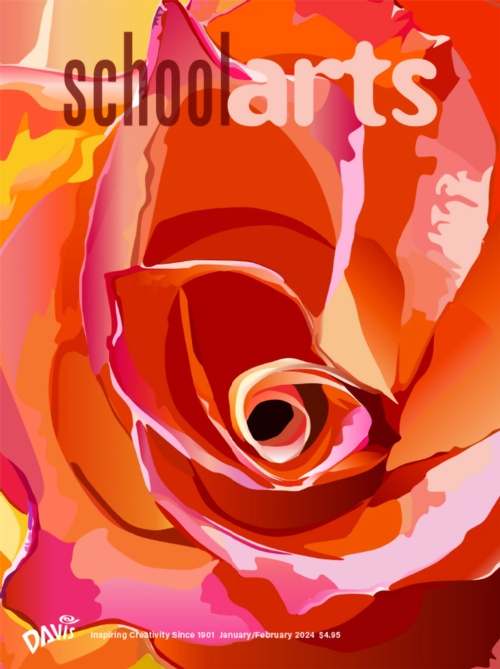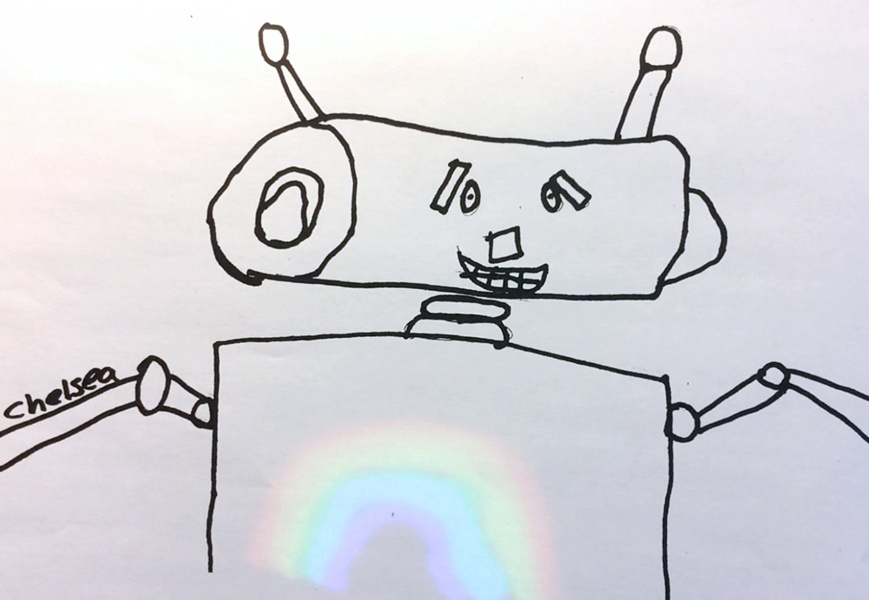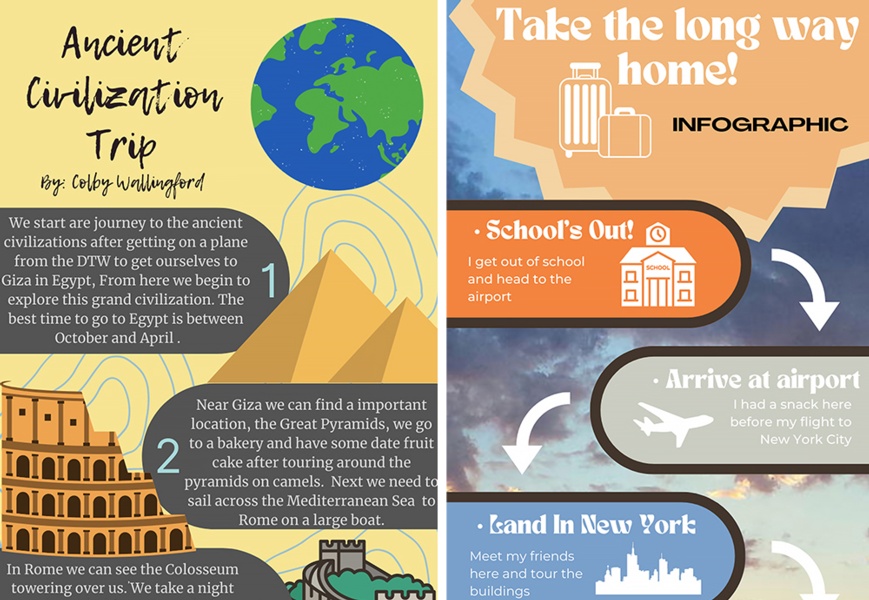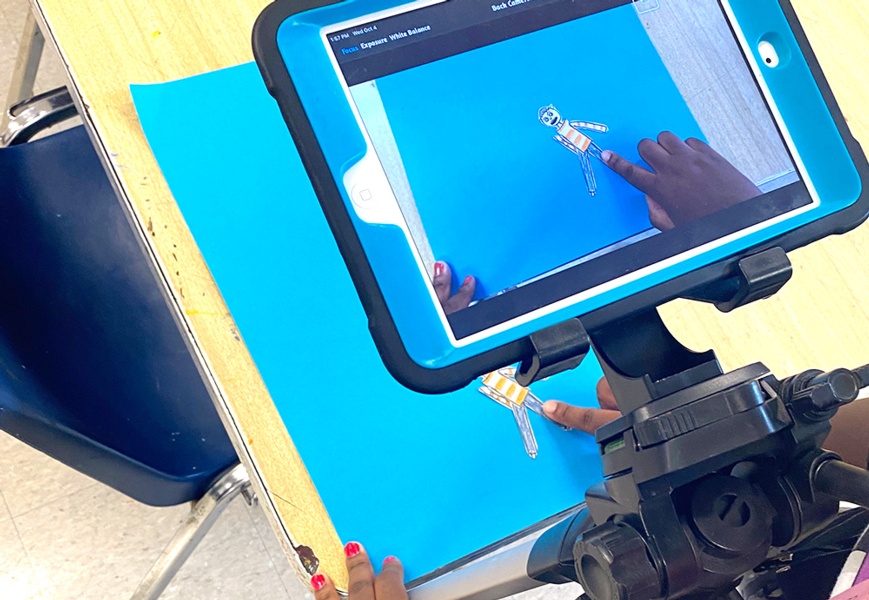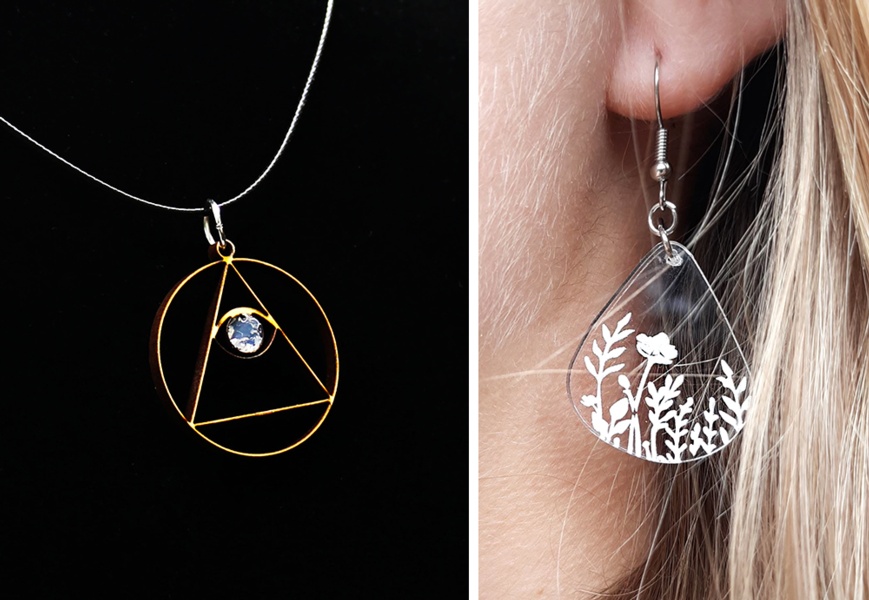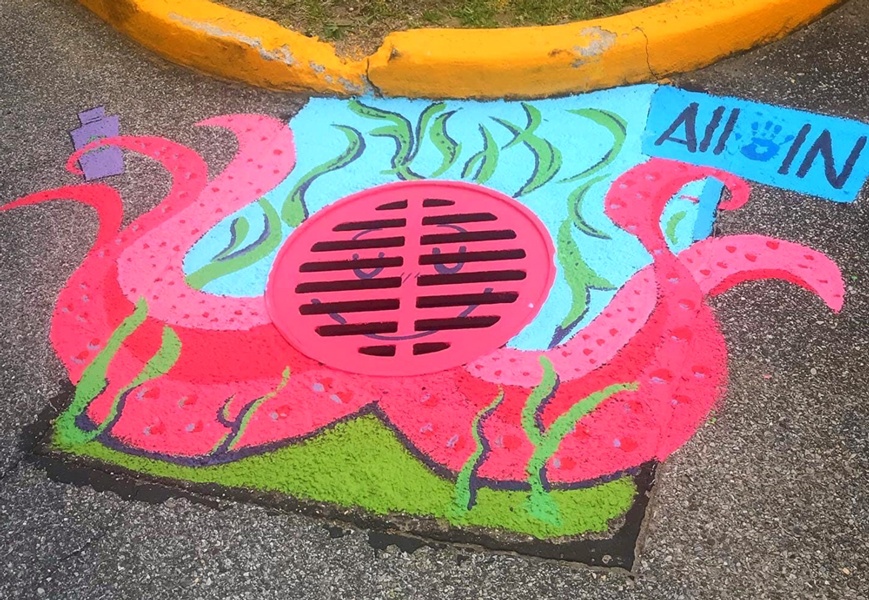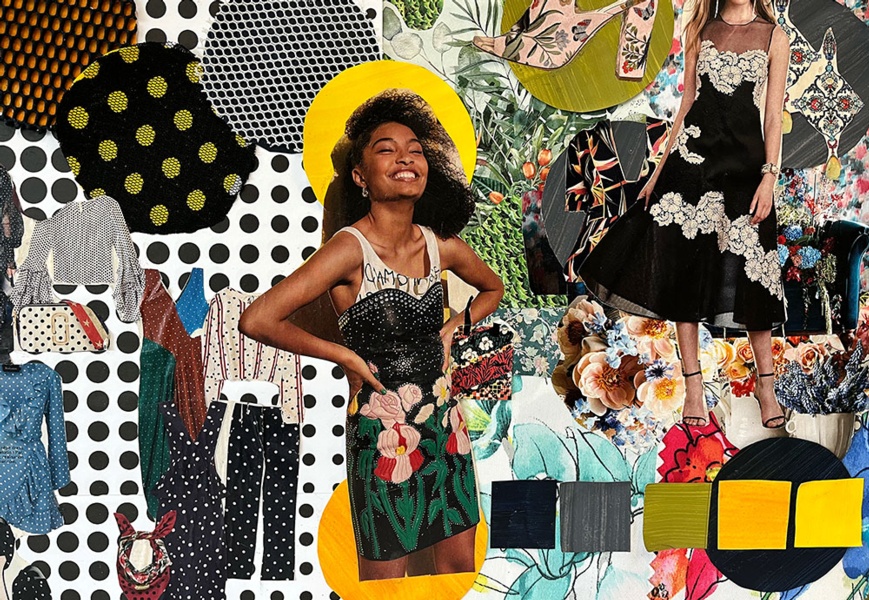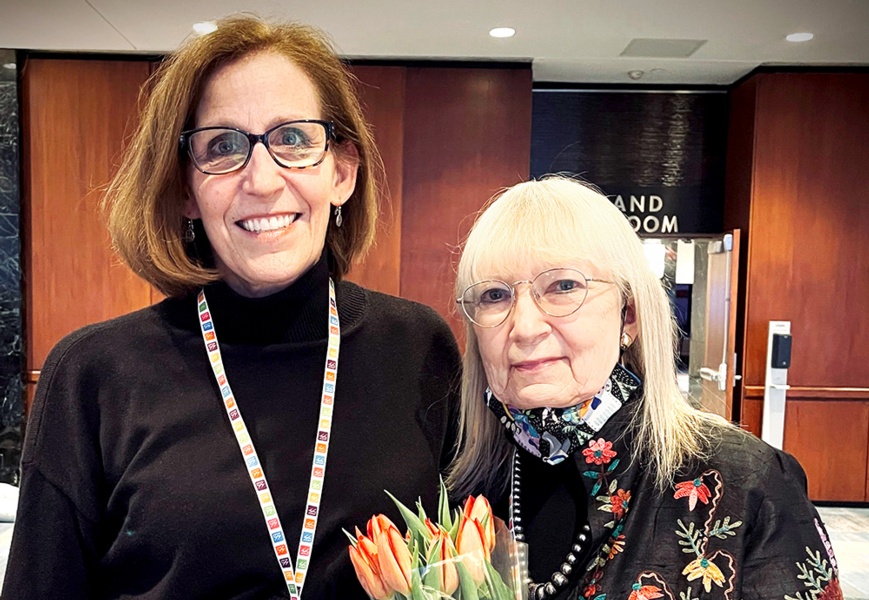
Co-Editor’s Letter: Design
Incorporating design into our curriculum not only strengthens our programs but also produces higher-level thinkers who are technologically creative and innovative. In response to the growing number of design-related careers, teaching design from kindergarten through high school and higher education provides students with substantial knowledge about design and communication tools that will last them a lifetime.
Read Article
